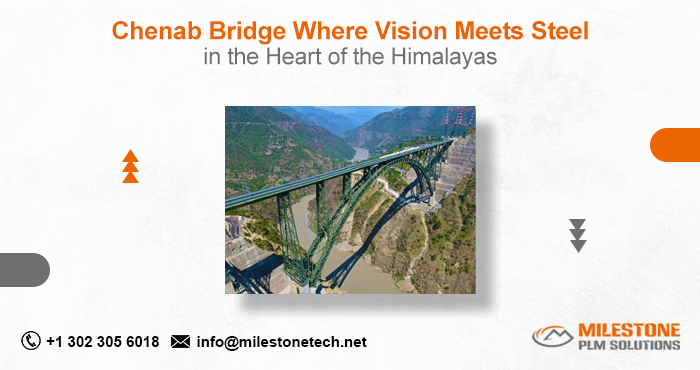Innovative Materials for Modern Tooling and Fixture Design
- Milestone PLM Solutions
- Dec 23, 2024
- 3 min read
The world of tooling and fixture design is evolving at an unprecedented pace, driven by advancements in materials science and manufacturing technologies. Traditional materials like steel and aluminum have dominated the industry for decades, but the growing demand for lightweight, durable, and sustainable solutions has paved the way for innovative materials to take center stage. This blog explores the latest breakthroughs in materials that are shaping the future of tooling and fixture design.

The Importance of Material Selection in Tooling and Fixture Design
Material selection is a cornerstone of tooling and fixture design. The performance, longevity, and efficiency of a tool or fixture depend heavily on the properties of the material used. Key considerations include:
Strength and Durability: Tools and fixtures must withstand high stresses and repeated use without deforming or failing.
Lightweight Properties: In applications such as aerospace and automotive manufacturing, reducing weight is critical to improving operational efficiency.
Thermal Resistance: For high-temperature processes, materials must maintain their integrity under thermal stress.
Cost-effectiveness: Balancing performance with affordability is essential for scalable production.
Sustainability: The industry is increasingly prioritizing eco-friendly materials to minimize environmental impact.
Innovative materials are addressing these demands and transforming how tooling and fixtures are designed and manufactured.
Emerging Materials Revolutionizing Tooling and Fixture Design
1. Carbon Fiber Reinforced Polymers (CFRPs)
Carbon fiber composites are gaining popularity in tooling and fixture design due to their exceptional strength-to-weight ratio. CFRPs offer high rigidity and dimensional stability, making them ideal for lightweight fixtures in aerospace and automotive industries. Additionally, their corrosion resistance enhances longevity in demanding environments.
Advantages:
Lightweight yet extremely strong.
Resistant to thermal expansion and corrosion.
Customizable for complex geometries.
2. Additive Manufacturing Materials
The rise of 3D printing has introduced a range of advanced materials tailored for tooling and fixture applications. Thermoplastics like Ultem and PEEK, as well as metal powders such as Inconel and titanium, are being used to produce custom fixtures with intricate designs and rapid prototyping capabilities.
Advantages:
Reduced lead times and manufacturing costs.
Design freedom for complex or non-standard shapes.
Enhanced precision and repeatability.
3. High-Performance Ceramics
Ceramic materials, including zirconia and silicon carbide, are becoming viable options for high-temperature applications. These materials exhibit excellent thermal resistance and wear properties, making them suitable for specialized tooling and fixtures in industries like glass manufacturing and metal forging.
Advantages:
Exceptional hardness and thermal stability.
Resistance to wear and chemical corrosion.
Suitable for extreme environments.
4. Metal Matrix Composites (MMCs)
MMCs combine the properties of metals and ceramics, resulting in materials with enhanced strength, wear resistance, and thermal conductivity. Commonly used MMCs include aluminum or titanium reinforced with ceramic particles, which are ideal for lightweight, high-performance fixtures.
Advantages:
Superior mechanical properties compared to traditional metals.
Improved thermal and electrical conductivity.
Reduced weight for portable tooling applications.
5. Bio-Based and Recycled Materials
Sustainability is a growing concern in tooling and fixture design. Bio-based materials, such as plant-derived polymers, and recycled composites are gaining traction as eco-friendly alternatives. These materials align with green manufacturing initiatives without compromising performance.
Advantages:
Environmentally friendly and sustainable.
Reduces reliance on non-renewable resources.
Cost-effective for large-scale production.
Benefits of Innovative Materials in Tooling and Fixture Design
The adoption of innovative materials offers several key advantages:
Enhanced Performance: Improved strength, durability, and thermal resistance extend the lifespan of tools and fixtures.
Cost Savings: Lightweight and durable materials reduce operational costs by minimizing energy consumption and maintenance requirements.
Increased Efficiency: Advanced materials enable the design of more precise and functional tools, boosting productivity.
Sustainability: Eco-friendly materials contribute to greener manufacturing processes and reduced environmental impact.
The Future of Tooling and Fixture Design
As industries continue to evolve, the role of materials in tooling and fixture design will only grow more critical. Emerging technologies like nanotechnology and smart materials are poised to introduce even more groundbreaking solutions, enabling designs that are lighter, stronger, and smarter than ever before.
By embracing these innovative materials, manufacturers can achieve unprecedented levels of efficiency and performance while meeting the demands of a sustainable future. The future of tooling and fixture design is here, and it’s built on a foundation of material innovation.


